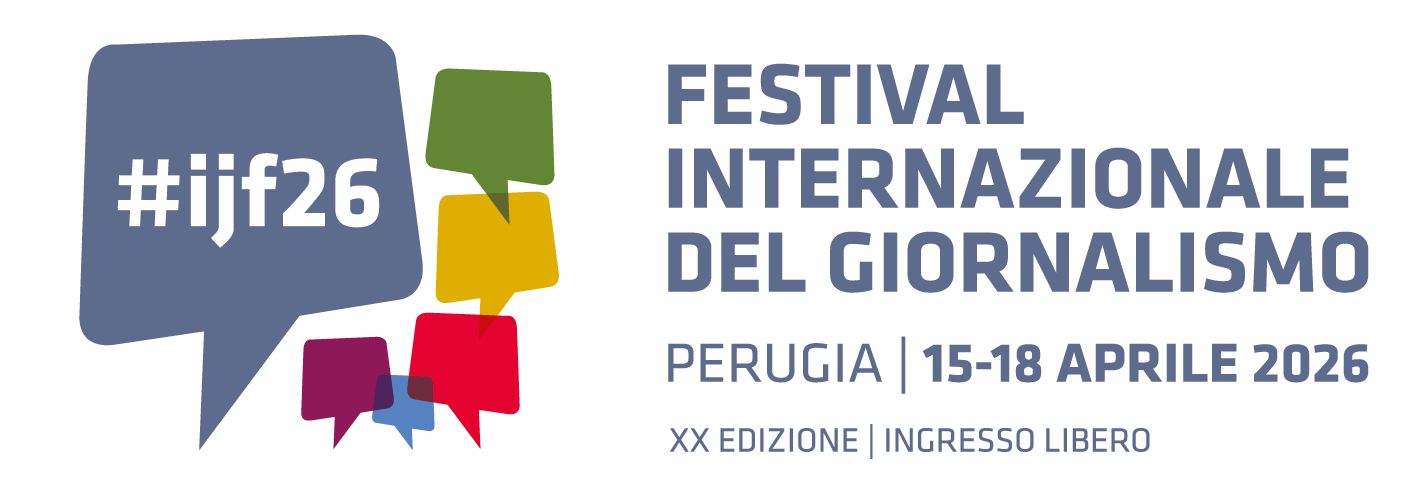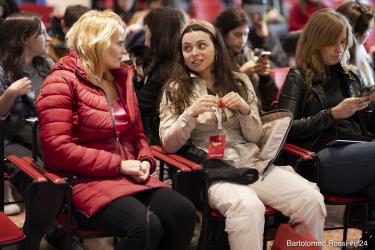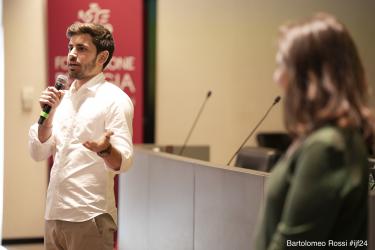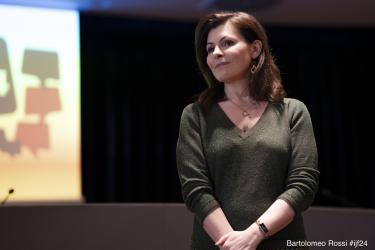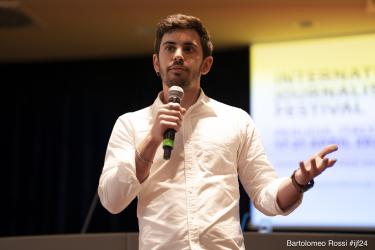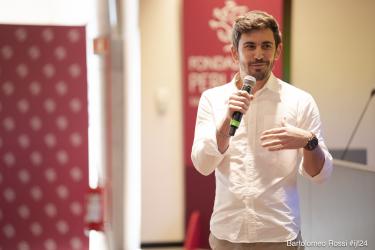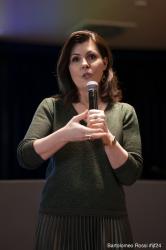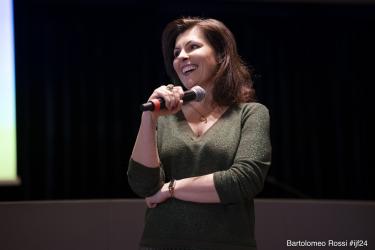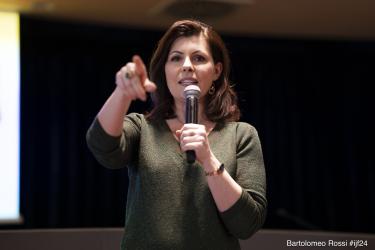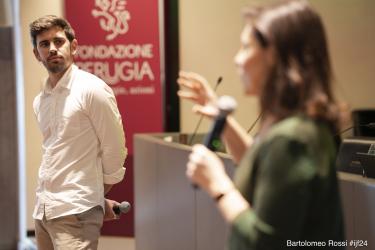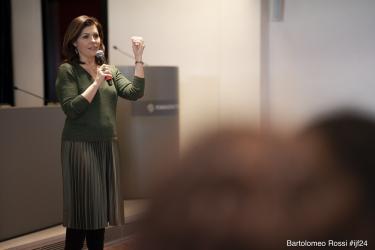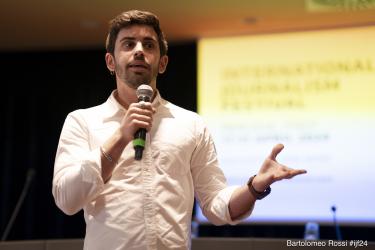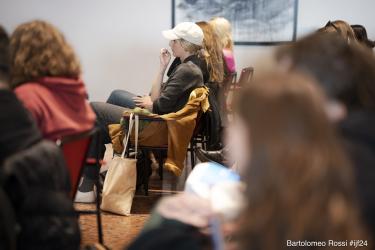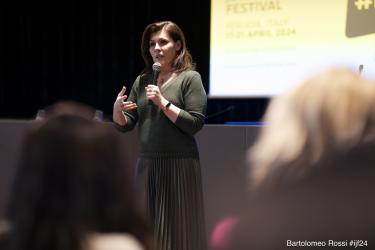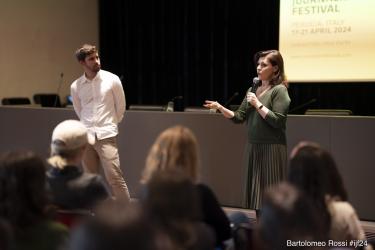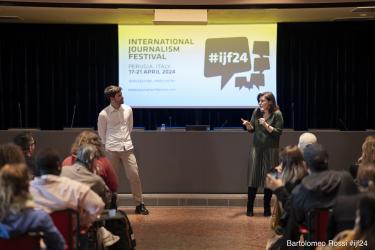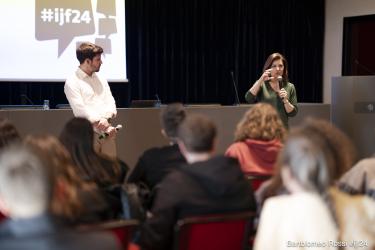Last year, a young Spanish journalist attended Barbara Serra’s presentation in Perugia on the privilege of speaking English as a mother tongue in “international news” - or English-language news. Many non-native speakers like him had faced accent discrimination in the global media industry. Yet at the same time, social media formats had opened a window of career development and respect from industry colleagues that hadn’t previously been there. So this year they both decided to sit together and confront their experiences.
Despite growing efforts to reflect society’s intrinsic diversity in our newsrooms, few of them broadcast with a non-native accent. But social video is making a difference. Algorithmic news distribution constantly exposes TikTok, Reels and Shorts users to other voices and accents. The audience and its expectations have changed. Some features, such as the widespread use of subtitles, also make social media formats more naturally friendly to second-language English journalists - despite constant mockery of their accents. And while anyone can post a video to their socials, becoming a TV or radio presenter is a years-long race full of obstacles as well as reluctant attitudes towards non-native speakers. All of that on top of the real obstacle of actually mastering a foreign language.
In this session, Enrique Anarte Lazo, a multimedia journalist reaching millions of monthly viewers across the world with English-language TikToks for the Thomson Reuters Foundation, will be interviewing veteran TV anchor Barbara Serra, who was the first non-native speaker to host a news show on British TV and is recently back as a Sky News anchor. They will both discuss their experience as non-native speakers working in the global media industry, how attitudes towards foreign accents are slowly shifting, the differences between social media and traditional broadcast media, how second-language English journalists can help newsrooms serve global audiences better, and the steps both broadcasters and journalists can take to embrace a more accurate representation of our societies’ natural linguistic diversity in journalism.
